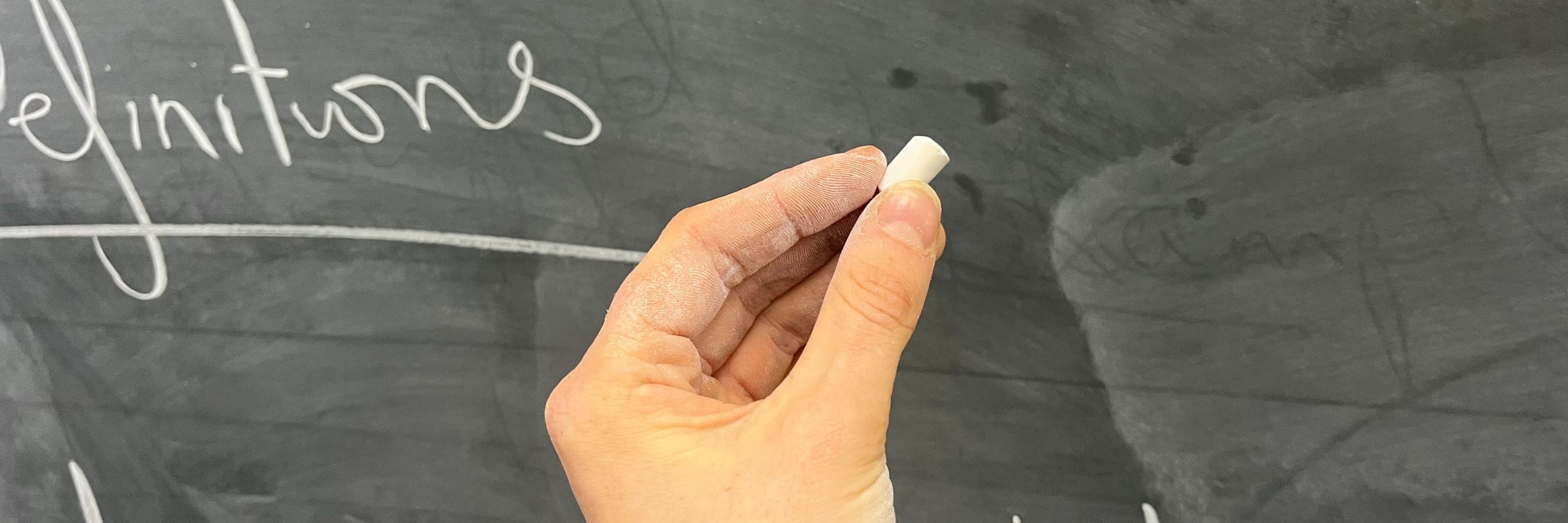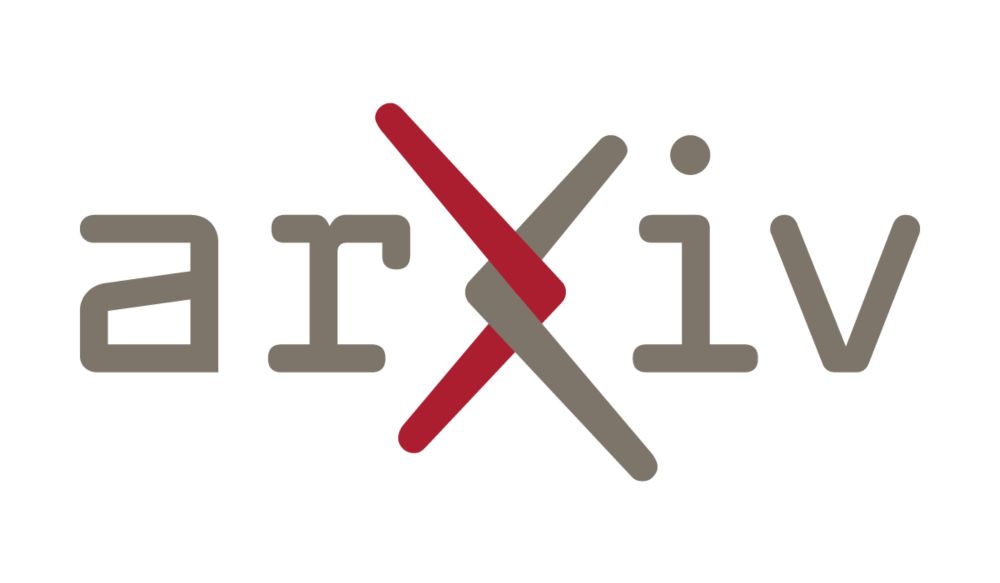
(Though I also challenge you to come up with anything less headache inducing in this context).
I don’t really know what you mean by ’best randomness’ but your intuition is probably in the right direction.
(Though I also challenge you to come up with anything less headache inducing in this context).
I don’t really know what you mean by ’best randomness’ but your intuition is probably in the right direction.
Oh and we also derived a shit tonne of expressions for moments of channel ensembles - so if you ever need these you know where to look!
Thanks for the (heated) project @mduschenes.bsky.social @dgarciamartin.bsky.social @mvscerezo.bsky.social
Oh and we also derived a shit tonne of expressions for moments of channel ensembles - so if you ever need these you know where to look!
Thanks for the (heated) project @mduschenes.bsky.social @dgarciamartin.bsky.social @mvscerezo.bsky.social
Perhaps the ensemble containing just the completely depolarizing channel is the most natural generalization of Haar
(But I wanted to drop the word `expressivity' as that has connotations with being useful/varied & this ensemble is not)
Perhaps the ensemble containing just the completely depolarizing channel is the most natural generalization of Haar
(But I wanted to drop the word `expressivity' as that has connotations with being useful/varied & this ensemble is not)
But then we found:
1) Concatenating cHaar made it tend towards the depolarising channel
2) As did increasing the size of the environment of cHaar
It was like cHaar with a finite environment wasn't fully uniform but could be made more so...
But then we found:
1) Concatenating cHaar made it tend towards the depolarising channel
2) As did increasing the size of the environment of cHaar
It was like cHaar with a finite environment wasn't fully uniform but could be made more so...
Based on this @mvscerezo.bsky.social argued the ensemble was maximally expressive.
I thought this crazy.
How could this ensemble - where you throw away your state - be maximally expressive?
Based on this @mvscerezo.bsky.social argued the ensemble was maximally expressive.
I thought this crazy.
How could this ensemble - where you throw away your state - be maximally expressive?
1) They were not left and right invariant.
2) The 2-norm of their moment operator is not minimal.
And in fact another ensemble satisfies these properties...
1) They were not left and right invariant.
2) The 2-norm of their moment operator is not minimal.
And in fact another ensemble satisfies these properties...
I.e. to say the `maximally uniform' distribution of channels is the Haar distribution with the environment traced out.
We called this ensemble cHaar: Channel Haar
I.e. to say the `maximally uniform' distribution of channels is the Haar distribution with the environment traced out.
We called this ensemble cHaar: Channel Haar
We aimed to generalize `expressivity' from parameterized quantum circuits to quantum channels
Since unitary expressivity is measured via the distance of the ensemble from the Haar distribution, we wanted a channel generalization of the Haar measure.
We aimed to generalize `expressivity' from parameterized quantum circuits to quantum channels
Since unitary expressivity is measured via the distance of the ensemble from the Haar distribution, we wanted a channel generalization of the Haar measure.
Behind this rather innocent title is the paper that caused the most fraught arguments of any of my career.
Are these arguments important? Probably not.
Am I going to tell you them anyway? Absolutely.
Here is the story of a rollercoaster of a paper.
🎢👇

Behind this rather innocent title is the paper that caused the most fraught arguments of any of my career.
Are these arguments important? Probably not.
Am I going to tell you them anyway? Absolutely.
Here is the story of a rollercoaster of a paper.
🎢👇

I recently got asked about the most important turning points of my career and without hesistation said the LANL summer school.
The first 1/3 of this video is me rambling about why it was so special: youtu.be/XjkHmtr_IT0?...
I recently got asked about the most important turning points of my career and without hesistation said the LANL summer school.
The first 1/3 of this video is me rambling about why it was so special: youtu.be/XjkHmtr_IT0?...
Apply here:
lanl.jobs/search/jobde...
Reposts appreciated!

Apply here:
lanl.jobs/search/jobde...
Reposts appreciated!
arxiv.org/abs/2510.07264

arxiv.org/abs/2510.07264
"When quantum resources backfire: Non-gaussianity and symplectic coherence in noisy bosonic circuits"
We introduce a path propagation classical simulation alg for bosonic circuits
And find a funky interplay between quantum resources and noise
🧵👇

"When quantum resources backfire: Non-gaussianity and symplectic coherence in noisy bosonic circuits"
We introduce a path propagation classical simulation alg for bosonic circuits
And find a funky interplay between quantum resources and noise
🧵👇

Thanks for highlighting.
Let‘s try this: arxiv.org/abs/2510.01154

Thanks for highlighting.
Let‘s try this: arxiv.org/abs/2510.01154
Thanks for the fun collaboration Sasha (
@sheffield-qc.bsky.social
) and Chiddy !
Thanks for the fun collaboration Sasha (
@sheffield-qc.bsky.social
) and Chiddy !
Of these, the most intriguing/significant is the switch to discrete optimization
& maybe the path to adaptive quantum advantage is all about finding those discrete sweet spots 😉
Of these, the most intriguing/significant is the switch to discrete optimization
& maybe the path to adaptive quantum advantage is all about finding those discrete sweet spots 😉
- trainable (no exponential concentration)
- not classically surrogatable (thanks to high entanglement + magic)


- trainable (no exponential concentration)
- not classically surrogatable (thanks to high entanglement + magic)
- Exponential concentration (barren plateaus + shot noise)
- Classical surrogation (can classical shadows fake the landscape?)
For a real separation, we need a sweet spot that dodges both.
- Exponential concentration (barren plateaus + shot noise)
- Classical surrogation (can classical shadows fake the landscape?)
For a real separation, we need a sweet spot that dodges both.
Then numerics show adaptive hill-climbing converges efficiently
But non-adaptive approaches - blow up exponentially.


Then numerics show adaptive hill-climbing converges efficiently
But non-adaptive approaches - blow up exponentially.
The hidden string = the placement of T-gates between layers of semi-random unitaries
Goal = uncover the T gates positions
As in LeadingOnes, identifying early T-gates helps you make progress, but you can’t optimize each gate independently

The hidden string = the placement of T-gates between layers of semi-random unitaries
Goal = uncover the T gates positions
As in LeadingOnes, identifying early T-gates helps you make progress, but you can’t optimize each gate independently
Its unimodal (no local minima) but non-separable (each bit cannot be trained independently)
- Adaptive strategies can flip one bit at a time, use the feedback, and find the string in O(n) queries.
- Non-adaptive strategies need exponentially many.
Its unimodal (no local minima) but non-separable (each bit cannot be trained independently)
- Adaptive strategies can flip one bit at a time, use the feedback, and find the string in O(n) queries.
- Non-adaptive strategies need exponentially many.
In this problem you're trying to learn a hidden bitstring.
Your score = how many leading bits match the target before the first mismatch.
So 1110… matches 1101 better than 1011… even if they have the same Hamming weight.

In this problem you're trying to learn a hidden bitstring.
Your score = how many leading bits match the target before the first mismatch.
So 1110… matches 1101 better than 1011… even if they have the same Hamming weight.
Key takeaways:
- Entanglement isn’t always a roadblock: its degree can aid training
- Discrete optimization may be key to finding sweet spots between concentration & surrogation

Key takeaways:
- Entanglement isn’t always a roadblock: its degree can aid training
- Discrete optimization may be key to finding sweet spots between concentration & surrogation

